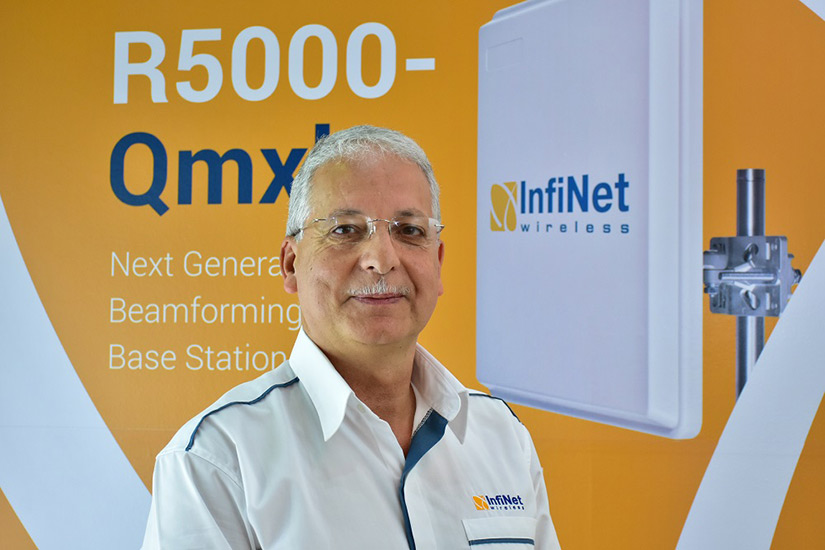While Africa is seeing an increase in demand for connectivity in order to bridge the ever-present digital divide between urban and rural areas, the bottlenecks experienced when backhauling data streams by service providers of all types is still a major issue that needs to be addressed.
Comprehensive and well-intended rural rollout strategies still remain unaffordable today. High capital and operational expenses, coupled with low population density and lower than average revenue per user (ARPU), often results in the return on investment (ROI) only being realised ten years down the line instead of the desired three to five years time frame.
In other words, the costs of delivering connectivity far outweighs the profits that can be generated in these conditions.
This is where wireless technology becomes an integral part of an operator’s strategy and to the development of the telecommunications industry in Africa. It is crucial for vendors to assist mobile operators in bridging the gap in order to successfully provide connectivity to the African population as a whole, with a greater focus placed on 4G and ultimately 5G connectivity.
Such wireless connectivity has a lot to offer to the dynamic and active players in Africa. It enables Internet service providers (ISPs) to serve more effectively the rural areas, as well as provide more capacity to the bandwidth-hungry urban areas.
These innovative solutions are a cost-effective alternative to the cabled infrastructure which can be troublesome at times – for various reasons – in most African countries. In addition to being ideal for the harsh African terrain, the advantage of a wireless network is that it can be quickly re-deployed, as opposed to a cabled infrastructure that cannot be easily moved to another location.
A good example where this would be applicable is with a small business deploying a security system in rented premises: with wireless, the network can be dismantled in a matter of hours, making relocation so much easier.
There is no doubt that there is considerable space for the growth of wireless technologies in Africa, with the main benefit being speed and scalability. Installation is almost four times cheaper than fibre-based networks and take significantly less time. Scaling up is also as simple as integrating another device into the existing network.
A compelling example of leveraging wireless technologies for boosting productivity is within the transportation sector. Not only does public transportation benefit from connectivity, but the rail networks and ports bring control, access, health and safety benefits to a whole new level of efficiency by deploying a wireless solution.
Agriculture is another area where the need for ubiquitous connectivity is long overdue. Providing access to mobile financial services (to include mobile banking, insurance claims, etc.), voice, Internet access, eGovernment and eAgriculture would clearly yield rapid development of this industry and wireless technologies could definitely become a framework for network offshoots towards rural and underserviced areas.
For South Africa, while the deployment of a 100G long-haul network across the country has already taken place, there is still a huge demand for access to communication with a competitive price tag – as highlighted by the recent #DataMustFall campaign.


